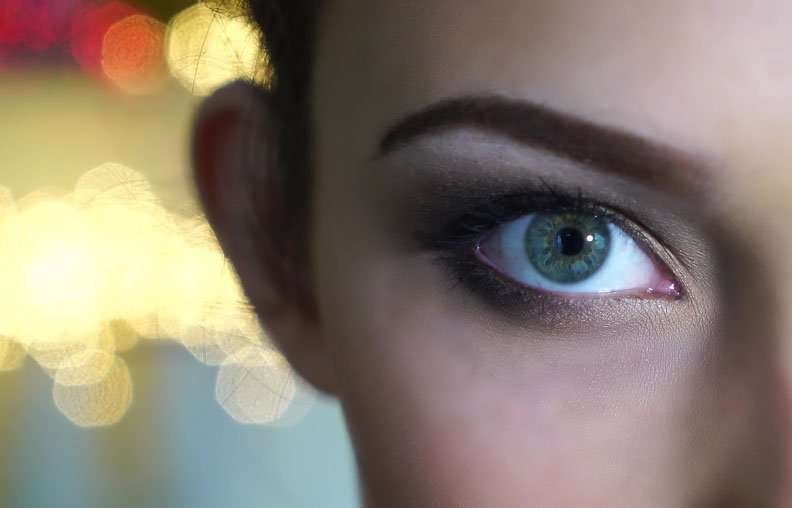The drooping of the eyelid is not only an aesthetic problem, sometimes this flaccidity can cause the person to partially lose peripheral vision, however this is a problem that can be corrected thanks to upper blepharoplasty.
As the years go by, the skin stretches and the muscles weaken little by little, which causes some parts of the body that used to look firm to appear flabbier.
One of the areas that is notably affected by this flaccidity is the eyelid, since little by little the accumulation of fat in the upper part and the detachment of the muscle that becomes weaker and weaker cause the upper eyelid to droop.
Why is upper blepharoplasty performed?
Upper blepharoplasty is an operation that is usually performed to achieve a younger looking face, however there are some other reasons why a person may want to have this surgery.
Some reasons that may motivate a person to have this operation are the following:
- Bags under the eyes.
- Excess skin on the lower eyelids.
- Excess skin in the upper eyelids that interfere or hinder peripheral vision.
- Excess fat on the upper part of the eyelids that may hinder vision in general.
What are the risks of upper blepharoplasty?
All surgical procedures have potential risks that can occur and upper blepharoplasty is no exception.
The most common risks that could occur are the following:
- Temporary blurred vision for a short period after surgery.
- Skin color changes due to scars.
- Notorious scars.
- Problems in the eyelid as difficulty in the mobility at the time of closing it.
- Irritated and/or dry eyes.
- Bleeding and/or infection.
- Possible muscle injuries.
In addition to these risks of upper blepharoplasty there are possible risks of surgery in general such as reaction to anesthesia, poor healing, among others.
How to prepare for an upper blepharoplasty?
The first thing to do before having an upper blepharoplasty is to go to the surgeon, who usually tells the patient that he/she should go to an ophthalmologist, or the patient can go directly to a plastic surgeon specialized in ocular surgeries (oculoplastic surgeon).
During this consultation, the medical history should be reviewed in addition to asking routine questions such as previous surgeries, any type of disorder or disease of the eye or any other, consumption of medications, substances, alcohol, among others.
You should talk to the specialist about the expectations you have about the operation so that the specialist can indicate from his experience and knowledge if it is possible to meet the objective.
If it can be done, the surgeon will indicate whether it is possible in a single intervention or if more than one must be performed to achieve the desired result.
The patient should also be told if it is necessary to undergo any type of pre-operative examination, whether it is an eye or blood test. This will depend on what the specialist considers prudent according to the patient’s medical history.
What to expect after the operation?
Upper blepharoplasty is a type of outpatient surgery, meaning that the patient does not need to be hospitalized and is discharged only a few hours after the operation.
After surgery some of the following symptoms may occur and sometimes last for a couple of days:
- Watery eyes.
- Blurred vision.
- Swollen and numb eyelids.
- Hematomas.
- Dolores.
On the other hand, the doctor may indicate to follow some of the following measures after the operation:
- Use cold compresses on the eyes for 10 minutes, the night after surgery should be every hour and the day after surgery should be between 4 and times a day.
- Clean the eyelids with creams, gels or drops prescribed by the doctor.
- Do not go to beaches, rivers or swimming pools during the 15 days following the operation.
- No smoking for 15 days after the operation.
- Avoid rubbing the eyes.
It is important to follow these and all the recommendations made by the specialist for a good recovery.
Always verify that your surgeon is endorsed by the Colombian Society of Plastic Surgery. You can see my profile as an endorsed plastic surgeon in this link: https://cirugiaplastica.org.co/author/ladron-de-guevara-cervera-johnatan-roy
If you want more information about blepharoplasty, before and after photos, recovery time and all the complete information you can click here.



